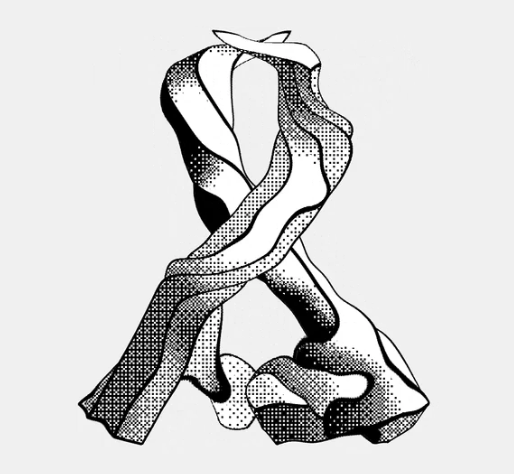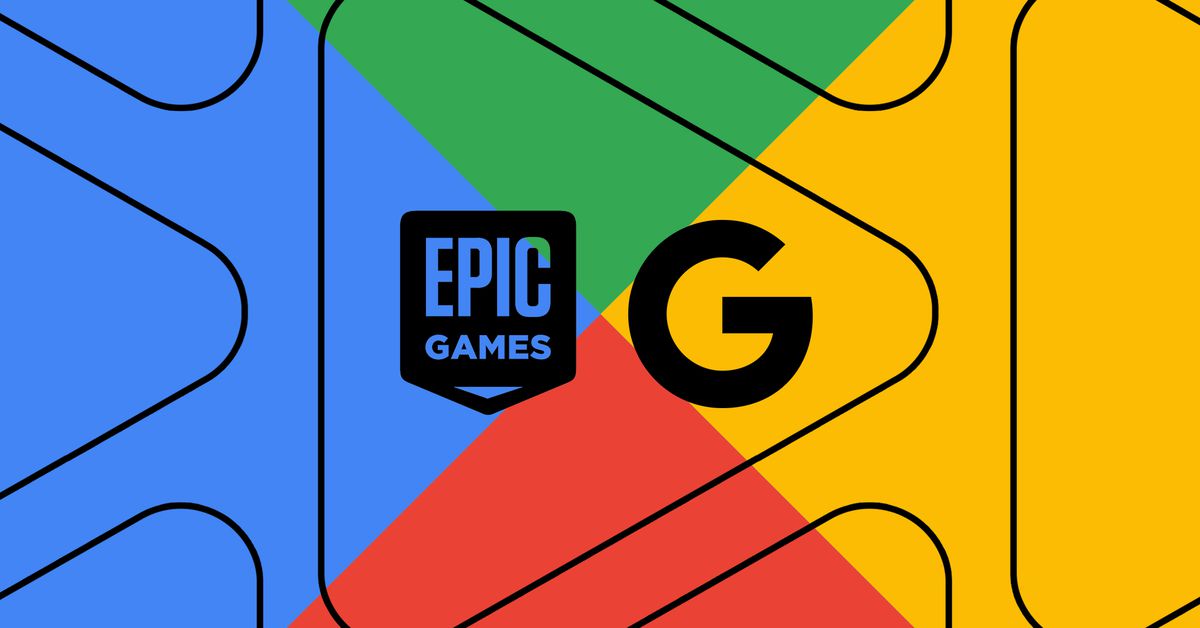

Lol!!! No, no, no!! My centrism is not arbitrary!! I don’t try to find a “middle ground” where waterfalls go both ways!!! Love the visual though!
I align with the political right on some issues, and the left with others. And in American politics I find the rhetoric & tribalism of both political parties ridiculous - so I can’t identify with either.
Generally I lean left of center, but I can’t go “full left” because I think the left has some blind spots. And liberals do this annoying thing where they seem to be always be falling all over themselves to prove how self-righteous & progressive they are, & they wind up alienating left-leaning people like me as a result.










Perhaps so. I’m in the US where lingo goes that “Democrats” & “Liberals” are “left”, " Republicans" & “Conservatives” are “right”.
Not sure how that translates globally, so apologies if it’s confusing…